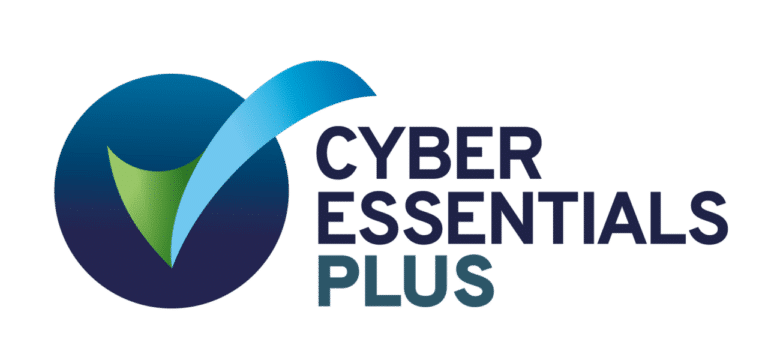Negotiating fees with law firms is crucial to managing external legal spend. However, obtaining a discounted hourly rate in isolation is not enough. For example, a 20% discount on an inflated scope of work and a poorly managed matter is not a good outcome. To achieve a better result, a best practice framework and structure should be in place across the lifecycle of each matter, including mandating quotes for all work and competitive quotes for sub-sets of matters.
Matter-Based Fees
In the context of the legal function, a quote is an estimated fee (or other alternative arrangement such as fixed fee) for an agreed scope of work and is received and approved prior to work commencing. For high volume matters, this can be pre-agreed as part of law firm negotiations to save time for both parties, with a process for agreeing on ad hoc variations. For all other work types, however, it can be more complex and must start with good instructions.
In-house lawyers must provide clear, specific, and detailed instructions that include strategic information, timeframes, and service levels, such as a preferred level of expertise for handling the matter. This information is valuable to law firms because it enables them to scope the matter correctly, identify potential risks and assumptions, and provide accurate fee proposals.
Conversely, poor instructions can result in the following:
- Delays or missed deadlines
- Over-servicing
- Duplication of work
- Poor outcomes
- Frustration on both sides
By providing detailed instructions, lawyers can help their law firms to deliver better outcomes and improve working relationships.
With detailed instructions, an agreed scope of work and a fee estimate the in-house lawyer and their law firm counterpart are now on the same page with transparency over expectations and deliverables.
But how do you know that what you’ve agreed is market priced or represents value for money?
Competitive Matter RFPs
There are times when it is appropriate and indeed best practice for a pre-selected law firm to be engaged for certain types of work. More complex work, however, should require in-house lawyers to obtain multiples quote or proposals to understand market price. It is important to set consistent expectations about when matters should require a competitive matter RFP or RFQ (request for proposal/quote) – it may be based on matter type, spend, jurisdiction, or a combination of all of these. Even litigation matters can be broken down into phases with scopes of work, and estimates applied to each phase.
The best practice approach for managing competitive matter RFPs involves the following steps:
- Provision of a matter summary to at least two preferred law firms with sufficient information that they can clear conflicts.
- Once conflicts have been cleared, the law firms are sent detailed instructions that may also include budget guidance and preferred fee arrangement along with relevant attachments.
- The law firms respond with a fee proposal that includes a scope of work of what is determined to be in-scope, out-of-scope and any key assumptions.
- Communication with firms may be necessary to get the scope of work right.
- With responses received from all firms, the in-house lawyer can compare like with like, make a recommendation and/or engage the preferred law firm.
- Communicate with the law firms regarding their success and with feedback on why they have or haven’t been successful.
- Some legal teams may incorporate an approval process so that a senior lawyer or the General Counsel reviews the final engagement decision.
- Capture data at the point of engagement for reporting purposes including the reasons for engagement, the quoted fee differential, fee structure, the selected law firm and the agreed initial estimate.
Role Of Technology
Technology can also be a wonderful enabler for implementing RFPs and quotes for scopes of work. It can streamline and automate processes while securely transferring information and capturing data for reporting. It can also ensure that internal policies stipulating the use of competitive RFPs are adhered to. Further, some technology solutions can support collaborative processes and provision of reporting for the law firms, which can elevate transparent communication and ensure both sides are on the same page.
Conclusion
Using competitive RFPs for individual matters has many benefits, including maintaining competitive tension, demonstrating value for money to the organisation, and ensuring the best price is obtained while controlling for quality. Provision and formal approval of a fee estimate (or alternative fee arrangement) for an agreed scope of work, ideally with competitive proposals, is one of the best strategies for demonstrating value to the organisation and using valuable resources effectively.
Initially, there may be resistance from internal stakeholders and law firms. However, they will soon value the transparency and consistency an even playing field creates. Furthermore, this approach is objective and professional and will be welcomed by your procurement and finance colleagues.
What to learn more? Download Lawcadia’s Best Practice Guide to Effective Outside Counsel Management.
This article was originally published on our sister site lawcadia.com.


